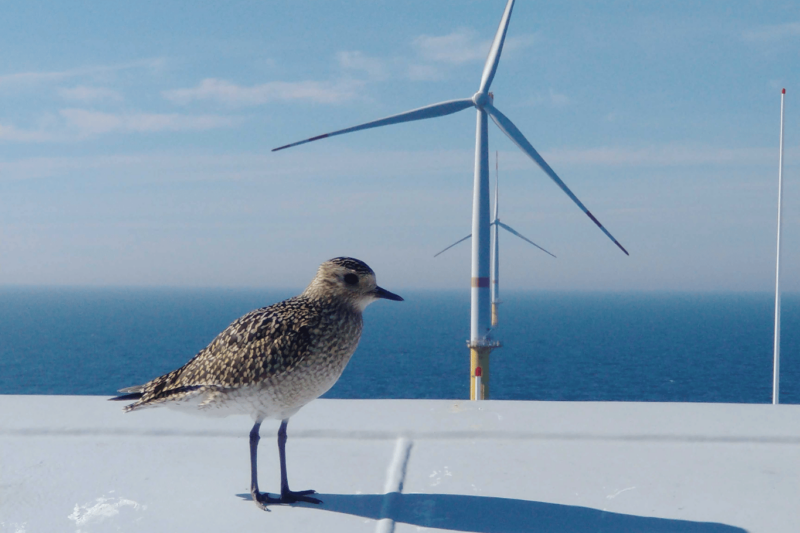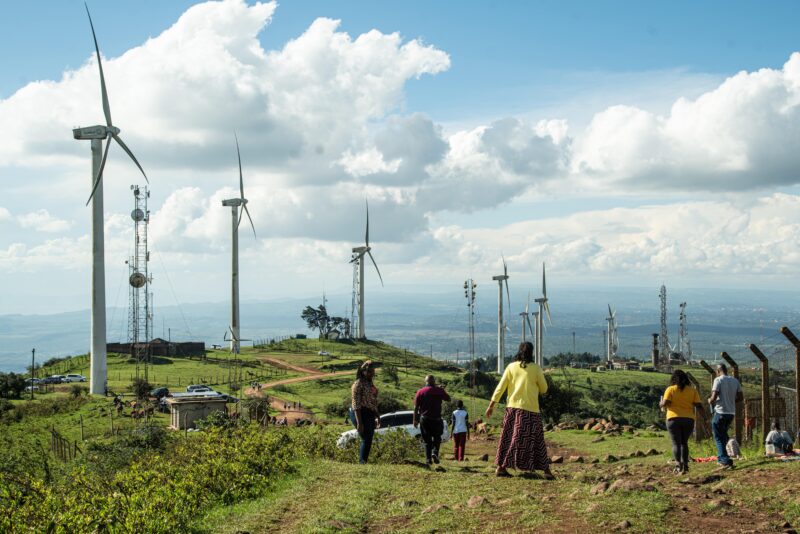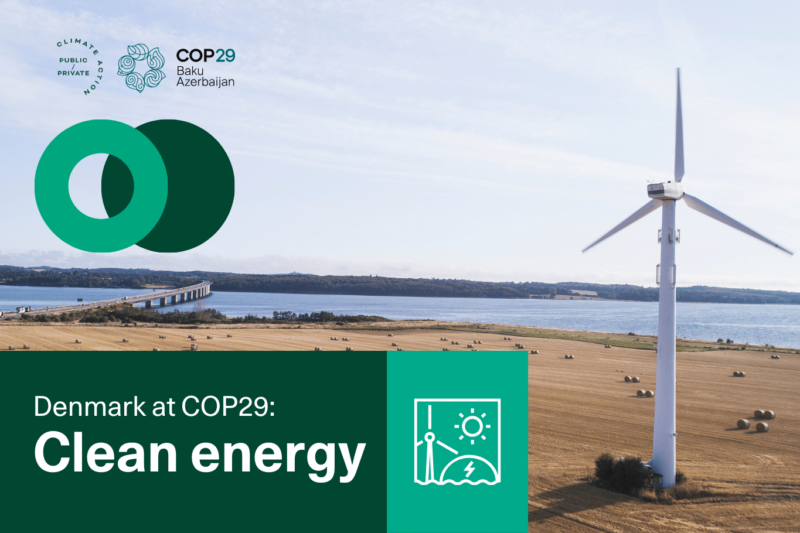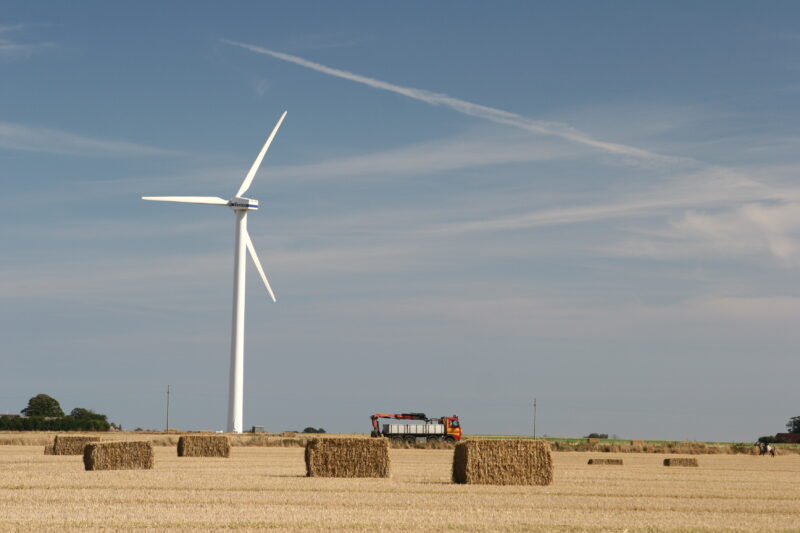News
Offshore wind
Wind energy
Wind farm planning and development
Danish-Vietnamese energy cooperation will help Vietnam cut its CO2 emissions by 370 million tonnes annually


It was a milestone in Danish-Vietnamese energy cooperation when Morten Bæk, Permanent Secretary of the Ministry for Climate, Energy and Utilities presented Vietnam Energy Outlook Report 2019 with the Vietnamese Deputy Minister for Trade and Industry, Hoang Quoc Vuong, and Kim Højlund Christensen, Ambassador at the Royal Danish Embassy in Vietnam at a big ceremony in Hanoi today. The report, which proposes solutions to Vietnam's energy challenges, could become a key instrument in the country's future energy planning.
New calculations show that Vietnam can create a greener and more cost-effective energy system so that, by 2050, the country can save up to 370 million tonnes of CO₂ annually compared to its current national climate plan. This is equivalent to more than 10 times the amount of annual emissions from Denmark's energy consumption. Initially, the report is expected to contribute to the government's official development plan for the electricity sector by 2030 (Power Development Plan 8).
“By taking into account the solutions proposed by the Vietnam Energy Outlook Report 2019, Vietnam can accelerate its green transition, reduce the increasing dependence on imported energy and achieve the national greenhouse gas reduction targets that were announced by Vietnam at COP21 in Paris. At the same time, the transition can contribute to creating green jobs and growth,” said Morten Bæk.
[caption id="attachment_103484" align="alignnone" width="586"]
Photo: DEA[/caption]
-Related solution: Long-term planning for a greener future
To reduce the global level of greenhouse gasses, it is essential that emerging economies like Vietnam invest in green solutions rather than black technology. Vietnam is the 14th most populous country in the world, and Vietnam today emits about five times as much carbon dioxide as Denmark. Vietnam's energy consumption is expected to triple by 2050. To meet this development, the Vietnamese need to make massive investments in the energy sector. Investments, that will influence the country's climate imprint for decades.
Energy partnership supports the green transition in Vietnam
In 2013, Denmark and Vietnam entered into an energy cooperation aimed at strengthening Vietnam's transition to a low emission country. The collaboration is administered by the Danish Energy Agency (DEA) and the Vietnam Energy Outlook Report is a product of government cooperation with the Vietnamese Electricity and Renewable Energy Authority (EREA) under the Ministry of Industry and Trade.
“Danish experience with the green transition contributes to capacity building in Vietnam and the Vietnam Energy Outlook is a good example of the great results that are delivered in collaboration. In order to reduce global greenhouse gas emissions, it is imperative that emerging economies such as Vietnam choose to invest in green solutions such as offshore wind. On the Danish side, we are ready to consolidate and expand the cooperation in the coming years,” Morten Bæk said.
The energy partnership has so far focused on energy efficiency, integration of renewable energy sources and long-term energy planning and modeling, but is now also expanding to include offshore wind. The DEA and the EREA will calculate the potential for offshore wind in Vietnam and a roadmap will be prepared for the Vietnamese government in 2020 with suggestions on how to kick-start the development of offshore wind in Vietnam.
-Related news: Denmark and Vietnam codevelop the first Vietnamese Technology Catalogue on energy
Facts
- The Danish-Vietnamese energy partnership is run by the Danish Energy Agency
- The collaboration was established in 2013 and focuses on supporting Vietnam in the fulfillment of the Paris Agreement and the UN's global energy and climate goals
- Denmark has governmental energy cooperations with 15 countries who together account for more than 60 per cent of the world's CO2 emissions
- By building knowledge and capacity with partner countries' national authorities, decision-makers are empowered to make sustainable and cost-effective energy policy decisions that support the global green transition
- The next phase of the cooperation is currently being formulated and expected to be implemented in the period 2020-2025
Sources
The Danish Ministry for Climate, Energy and Utilities (in Danish)
The Danish Energy Agency (in Danish)
Photo: Kai Gradert on Unsplash















